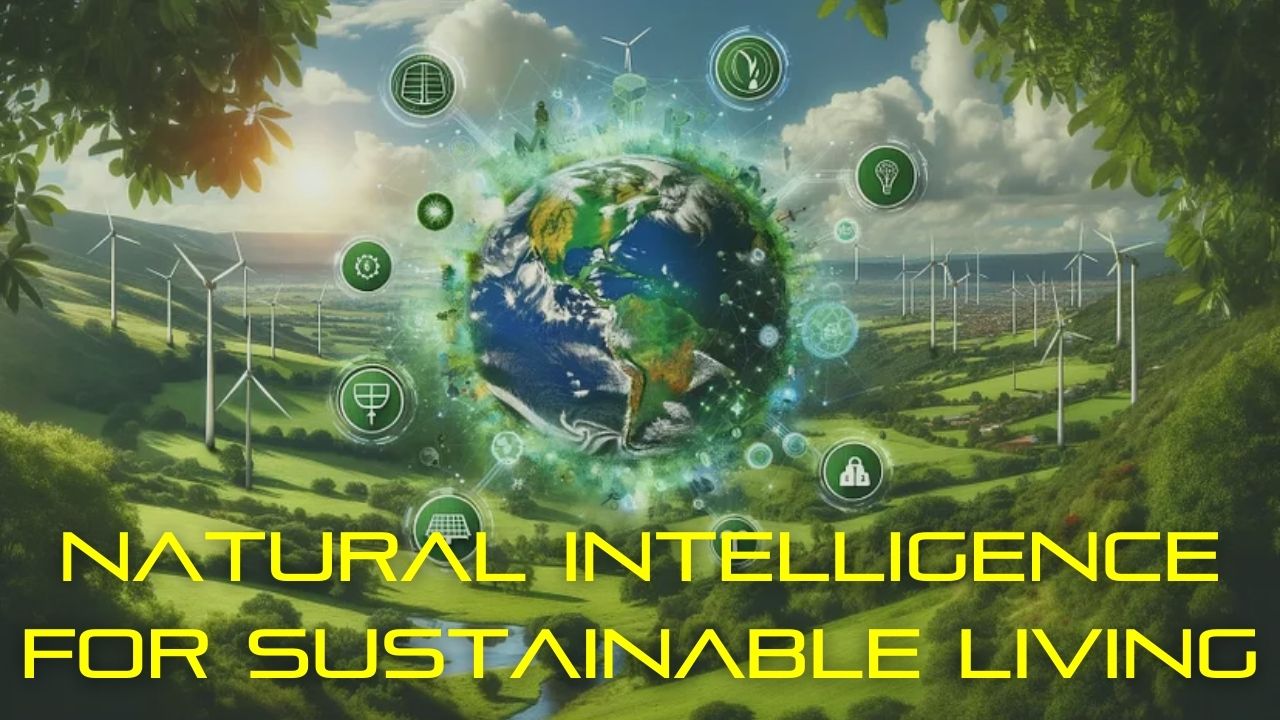Font size:
Print
The Case for Investment in Nutritious Foods Value Chains: An Opportunity for Gender Impact Report
Context:
“The Case for Investment in Nutritious Foods Value Chains: An Opportunity for Gender Impact” Report by Global Alliance for Improved Nutrition (GAIN) emphasises that investing in nutritious food value chains can significantly reduce gender inequalities, enhance productivity, and boost business resilience.

Women’s Role in Agri-Food Sector:
- According to the Food and Agriculture Organization (FAO), women represent 38% of the global agri-food workforce.
- Despite their significant involvement, they face numerous barriers, including limited access to land, finance, technology and extension services.
- Social norms & legal frameworks restrict their financial independence, exposing them to precarious employment and gender-based violence.

Impact of Women’s Empowerment on Nutrition:
- The report highlights that empowering women is linked to improved household diets and child nutrition.
- Women’s economic empowerment improves household living standards, including nutrition, as they typically invest a significant portion of their incomes in their families.
- Addressing gender inequalities and enhancing women’s access to resources can increase women’s farm yields by 20% to 30%.
- Empowering female farmers to reach their full potential could reduce the number of undernourished people worldwide by 12-17% (100-150 million), according to British International Investment (BII).
- Furthermore, bridging the gender gap in productivity and wages could boost global GDP by approximately 1%, or nearly $1 trillion (FAO report).
Economic Survey 2023-24:
- Increased access to education and skill development boosted women’s participation in national development.
- Female Labour Force Participation Rate (LFPR) rose to 37% in 2022-23 from 23.3% in 2017-18, largely driven by rural India, where most women work in agriculture.
- It also mentions that nutritional status of women is crucial for their health and well-being, as well as for preventing malnutrition in their children.
- Recognising this, Mission Saksham Anganwadi & Poshan 2.0 program targets malnutrition in women and children through a lifecycle approach to achieve a malnutrition-free India.
- Improving women’s access to resources and markets is crucial for economic empowerment, reducing household poverty, and achieving gender equality.
- Addressing gender inequalities is vital for sustainable and resilient food value chains and ensures climate change adaptation meets needs of women.
Geography-Specific Interventions:
- GAIN’s report identifies six nutritious food value chains across three regions:
- Sub-Saharan Africa: Focus on cashew nuts and poultry, where women dominate manual processing roles but lack local processing facilities.
- Latin America: Emphasis on aquaculture and quinoa, where gender-lens investments can improve women’s inclusion.
- South Asia: Highlighting tomatoes and dairy, where women play crucial roles but have limited control over resources.
The 2X criteria:
- Report focuses on potential gender impact regarding four 2X criteria: Women in entrepreneurship and ownership, women in leadership, women in employment, and women in the supply chain.
- The 2X criteria is the global standard for gender lens investing.
- It was recently updated in June 2024, provides a clear and standardised framework for investing in companies with a gender lens, now including women in the supply chain as an additional criterion.
- In male-dominated value chains like aquaculture, gender-lens investments improve women’s inclusion/treatment, especially for those in informal jobs.
- By promoting gender-lens investments across various sectors, it addresses women’s underrepresentation in leadership and supports female entrepreneurship.

